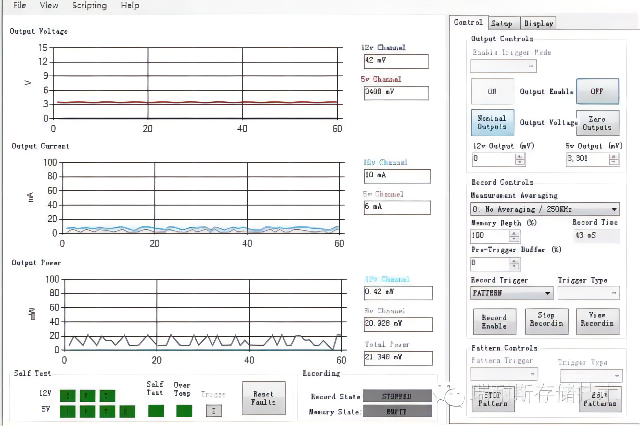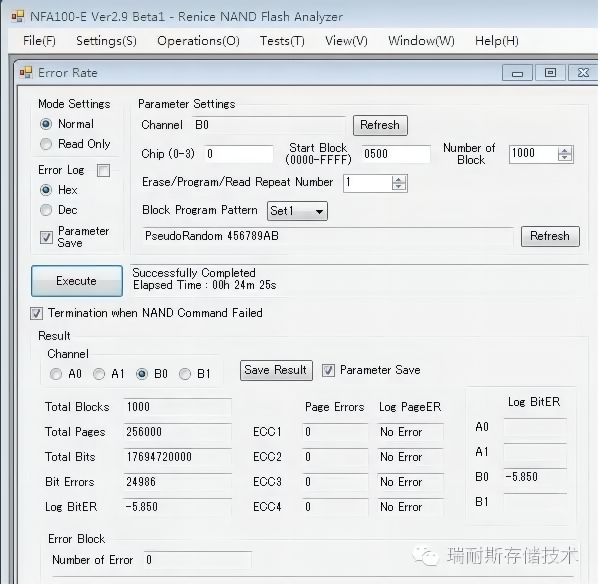How the Input Voltage Affects on Solid State Drive (SSD)
In ITS (Intelligent Transportation Systems), PIS (Passenger Information System) and other embedded In-vehicle applications, such as video surveillance, data recording…usually or sometimes the voltage supply is unstable, SSD as embedded memory and storage device would be aggressively affected by unstable input voltage.
Then, how the input voltage affects the NAND Flash of SSD?
Here we have to mention the RBER (Raw-Bit Error Rage) firstly. RBER is the Bit Error Rate before ECC (Error Correction Code) performing, which reflects the initial reliability of NAND Flash. The higher RBER is, the less reliability of NAND Flash is.
To verify this point, we made SSD Voltage test as below.
Firstly, per 0.3V as a voltage difference in set time, the below graph shows the fluctuation between 3.3V-3.6V.

(1)When setting 2.7V-3.0V (standard voltage range of NAND flash), the RBER of NAND Flash is 10^(-5.850), which is in normal range.

(2)When setting as 3.6V-3.9V, the RBER increased to 10^(-5.845).
.png)
(3)When voltage range is 3.9V-4.2V, the RBER shows 10^(-5.832).
.png)
(4)When setting as 4.2V-4.5V, the RBER keeps increasing and up to 10^(-5.823).
.png)
Generally, the higher input voltage is, the higher RBER is, and the more significant impact on SSD performance.
Renice SSD solutions are designed with appropriate circuits according to SSD’s acceptable varying voltage, ensuring our SSD can show high and stable reliability performance in harsh/ extreme environments.